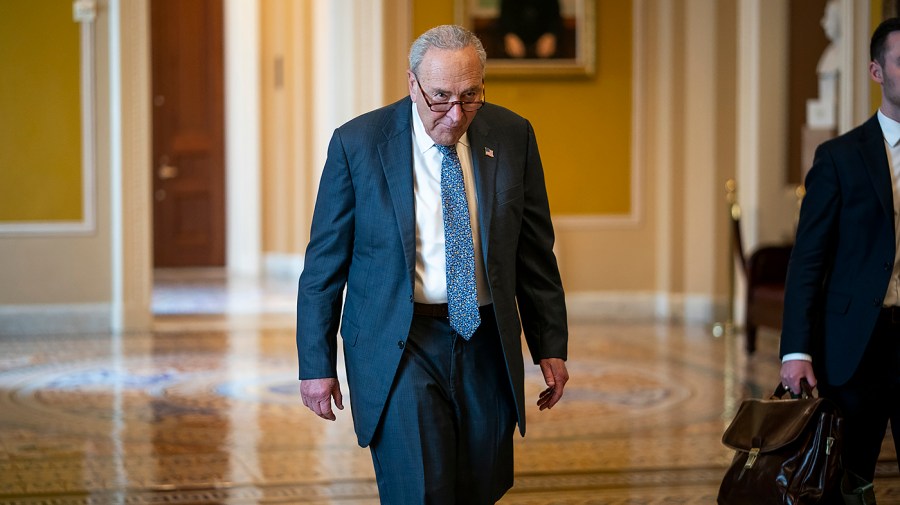
Chuck Schumer, the Senate Majority Leader, is facing mounting pressure to step aside as dissatisfaction grows among Democratic voters in several traditionally blue states. This sentiment is particularly pronounced as the party grapples with internal divisions and strategic challenges ahead of the upcoming midterm elections.
Schumer, who has been a prominent figure in the Democratic Party for decades, is now encountering criticism from within his ranks. Many party members are questioning his leadership effectiveness, especially in light of recent legislative setbacks and the perceived need for a fresh approach to counter Republican advances.
Internal Struggles and Party Dynamics
The call for Schumer to step down highlights a broader struggle within the Democratic Party, where progressive and moderate factions often clash over policy priorities and electoral strategies. This internal discord has been exacerbated by the party’s inability to fully capitalize on its control of both the White House and Congress.
According to political analysts, Schumer’s leadership style, which has traditionally emphasized negotiation and compromise, is increasingly seen as out of touch with the more assertive demands of the party’s progressive wing. Figures like Representative Alexandria Ocasio-Cortez have been vocal in advocating for a bolder legislative agenda.
“The Democratic Party needs leadership that reflects the urgency of the issues we face today, from climate change to economic inequality,” said a senior party strategist.
Historical Context and Leadership Challenges
Historically, shifts in party leadership have often occurred in response to electoral setbacks or changing political landscapes. The current situation bears some resemblance to previous periods of transition within the Democratic Party, such as the post-2004 election era when the party sought new leadership to regain its footing.
Schumer’s potential departure would mark a significant shift in the Senate’s power dynamics. His tenure has been marked by efforts to navigate a deeply polarized political environment, often requiring collaboration with Republican counterparts like Senate Minority Leader Mitch McConnell.
Comparisons to Past Leadership Transitions
In the past, figures like Nancy Pelosi have successfully navigated similar calls for change by adapting their leadership styles and embracing new policy initiatives. However, the current political climate presents unique challenges, with heightened partisanship and a rapidly evolving media landscape.
By the Numbers: In recent polling, 55% of Democratic voters expressed a desire for new leadership in the Senate, reflecting a significant shift in sentiment.
Implications for the Democratic Party
The potential departure of Schumer could have far-reaching implications for the Democratic Party’s legislative agenda and its ability to maintain control of Congress. With key issues like healthcare reform and voting rights legislation hanging in the balance, the party must carefully consider its leadership strategy moving forward.
Experts suggest that a change in leadership could reinvigorate the party’s base and improve its prospects in the upcoming midterm elections. However, it also risks deepening existing divisions if not managed carefully.
As the Democratic Party navigates this critical juncture, the decisions made in the coming months will likely shape its trajectory for years to come. Whether Schumer steps aside or remains in his role, the party’s ability to unify and present a cohesive vision will be paramount in determining its future success.






